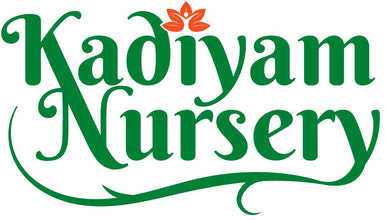Shop the Best Henna Plant Varieties: Lawsonia Inermis, Lawsonia Alba, Tree Mignonette, and Egyptian Privet
( Plant Orders )
- Discover High-Quality Plants from Around the India with Kadiam Nursery
- Kadiam Nursery: Your Premier Destination for Wholesale Plant Orders
- Minimum purchase order: 50,000 for AP Telangana; 1,00,000+ for other states.
- Vehicle Arrangement for Plant Transport: No Courier Service Available
- Global Shipping Made Easy with Kadiam Nursery: Order Your Favorite Plants Today
Please Note: Plant Variations May Occur Due to Natural Factors - Trust Kadiam Nursery for Reliable Quality.
Rs. 99.00
